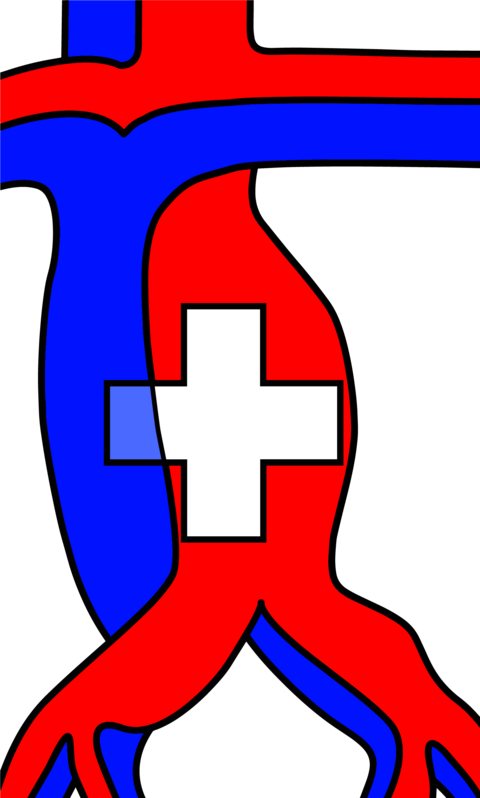Types of Articles and Scope
SWISS KNIFE is the official publication of the Swiss College of Surgeons (SCS) and the Swiss Surgical Society (SGC/SSC). For 20 years, the journal has been published quarterly and sent to all surgeons practicing in Switzerland. With SWISS KNIFE going digital, we invite you to submit your article covering one of the following topics:
- Politics: Contributions discussing relevant policy changes affecting Swiss surgeons.
- Education: Articles highlighting specialty training in Switzerland, innovations in the field of surgical education, surgical innovations, emerging technologies, techniques and methods.
- Surgical Research: Surgical research conducted and recent abstracts published by Swiss surgeons
- Focus: Articles discussing “hot topics” or topics addressing an ongoing discussion in the surgical world.
- “Blick über den Tellerrand”: Thinking outside the box: surgical topics from a different perspective.
- Images in Surgery: Short case reports together with a surgical, anatomical or radiological image (see detailed description below).







